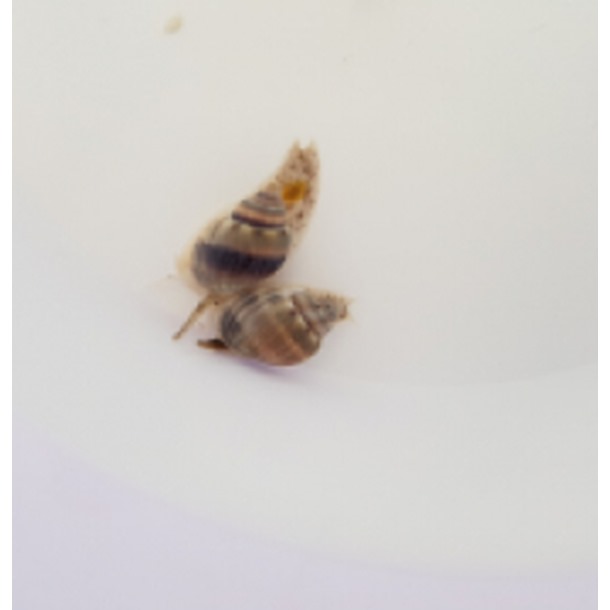Super Nassarius Snail
You will earn 4 Points
The Super Nassarius Snail combines unique beauty with unparalleled scavenging abilities. Its oval, spiral shell is often said to resemble an olive pit, but it is much more ornate and elegant in its beauty. The most striking physical characteristic, however, is the long, tube-like siphon that protrudes from one end of the shell. This siphon is used to breathe while the Super Nassarius Snail is buried in the substrate foraging for food.
In addition to beauty, the Super Nassarius Snail is an ideal detritus eater that also helps maintain adequate oxygen levels in the substrate as they burrow and sift through the sand. Among the many species of Nassarius snails found in the coastal zones of most oceans, the Super Nassarius Snail is one of the largest and can grow up to 3cm in size. This size advantage over their much smaller relatives makes them ideal inhabitants in larger marine reef systems. However, since they spend most of their time buried in your aquarium substrate feeding on waste, uneaten food, and other detritus, they require a well-established aquarium with live rock and sufficient sand substrate.
The Super Nassarius Snail has an acute sense of smell and can quickly detect food when added to your aquarium. It is definitely fun to watch the sand boil with activity as the Super Nassarius Snail emerges from the substrate in search for the source of the scent. Super Nassarius Snails can typically find enough food in most marine aquariums with well-established sand beds. However, if food levels are not adequate, supplement their diet with frozen meaty foods, such as brine or mysis shrimp or pieces of fish or scallops.
Like other invertebrates, snails are very sensitive to copper-based medications and high nitrate levels. The Super Nassarius Snail requires a gradual acclimation period, preferably the drip acclimation method, since it is intolerant of even the smallest fluctuations in water parameters.
